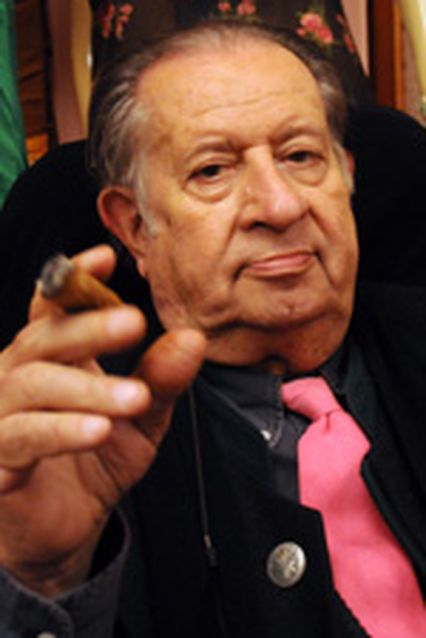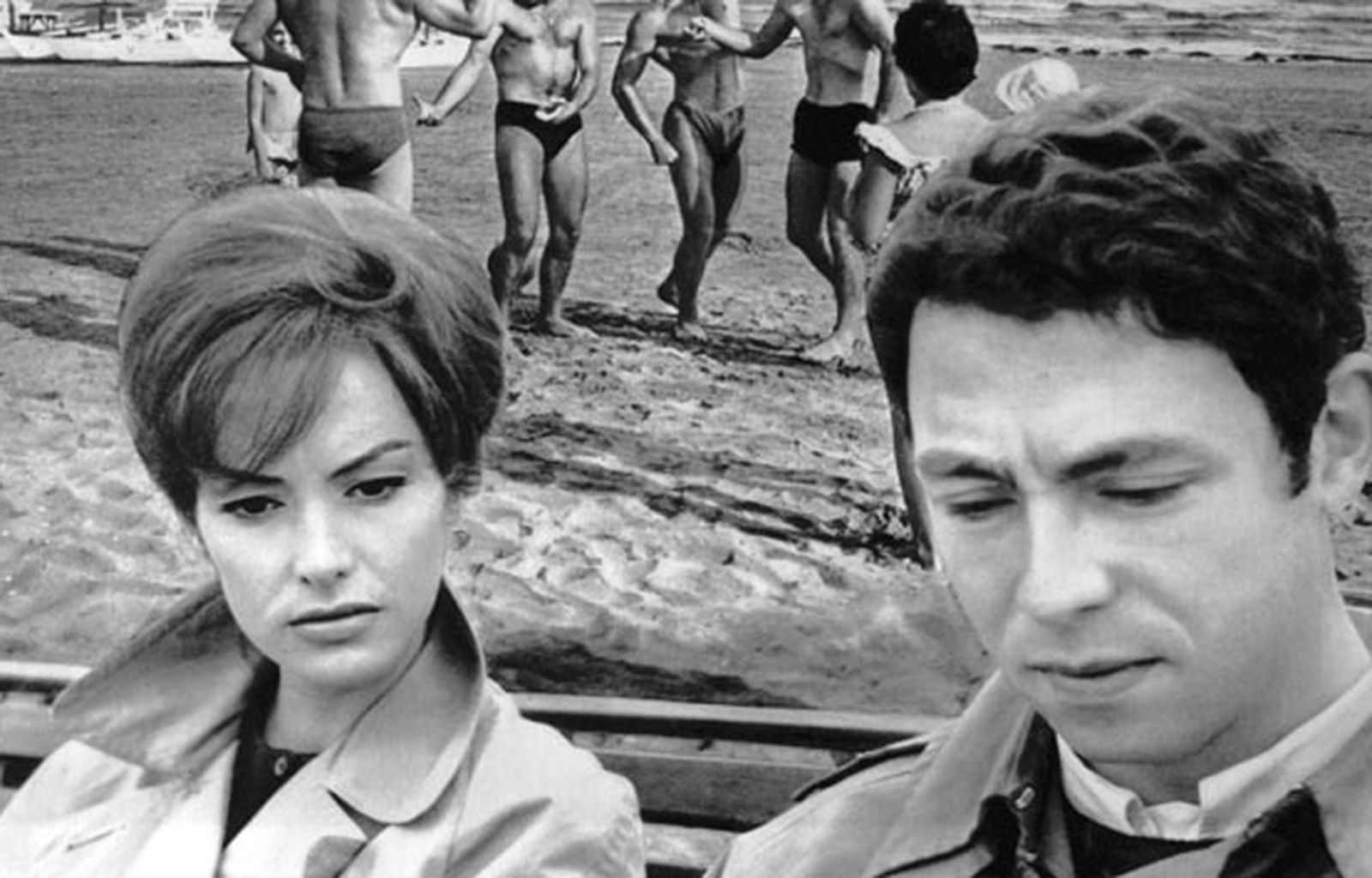Almost thirty-year-old Bonifacio is wandering through sunny Venice one summer day. The heat, time on his hands and a need to find work encourage him to mix thoughts, memories and fantasies in a stream of consciousness. He relives moments of his childhood and adolescence and, after visiting Claudio, a friend who is in hospital, he thinks about another friend of his, Kim, who is a permanent inpatient of a mental hospital. He tries to imagine other possible lives and existences: the owner of a bordello, an office employee, a bank robber, an actor, a counterfeiter or even someone selling pigeon feed. “I’ve had problems with the censors right since my first film, back in 1963, Chi lavora è perduto (In capo al mondo). I bumped into a strict judge who found my film contrary to the Constitution, to religion, to morality, to the family and I forget to what else. He watched my film and then he said to me ‘Remake it, Brass, remake it.’ I left it just the way it was and presented it again with a different title. And the film passed the censors. Because censorship isn’t just bigoted, it’s also stupid.”
Biography
film director

Tinto Brass
(Milan, Italy, 1933) received his law degree in 1957 but since he was more interested in cinema than in law he moved to Paris, where he worked as an archivist at the Langlois’ Cinémathèque. He later returned to Italy and worked as assistant director for directors like Cavalcanti, Rossellini and Ivens, before debuting with his feature film Chi lavora è perduto (In capo al mondo) in 1963. He later tried his hand at other genres, such as the sci-fi fairytale The Flying Saucer (1964), the Italian-style western Yankee (1966) and the detective story I Am What I Am (1967). In 1968 he portrayed the libertarian mood of ’68 in Black on White (1969) and Vacation (1971) before dedicating himself exclusively to the erotic genre, starting with Madam Kitty (1976).
FILMOGRAFIA
Chi lavora è perduto (In capo al mondo) (1963), Ça ira - Il fiume della rivolta (doc., 1964), La mia signora (ep. L’uccellino; L’automobile, 1964), Il disco volante (1964), Yankee - L’americano (1966), Col cuore in gola (1967), Nerosubianco (1969), L’urlo (1970), Dropout (1971), La vacanza (1971), Salon Kitty (1976), Io, Caligola (1979), Action (1980), La chiave (1983), Miranda (1985), Capriccio, (1987), Snack Bar Budapest (1988), Paprika (1991), Così fan tutte (1992), L’uomo che guarda (1994), Fermo posta Tinto Brass (1995), Monella (1998), Tra(sgre)dire (2000), Senso ’45 (2002), Fallo! (2003), Monamour (2005).
Cast
& Credits
sceneggiatura/screenplay Franco Arcalli, Tinto Brass, Gian Carlo Fusco
fotografia/director of photography Bruno Barcarol
scenografia/set design Raul Schultz
costumi/costume design Danilo Donati
musica/music Piero Piccioni
interpreti e personaggi/cast and characters Sady Rebbot (Bonifacio), Pascale Audret, (Gabriella), Franco Arcalli (Kim), Tino Buazzelli (Claudio), Piero Vida (Gianni), Enzo Nigro (Mauretto), Monique Messine (la modella/model), Carletto Chia (Bonifacio da bambino/Bonifacio as kid), Nando Angelini, Gino Cavalieri, Giuseppe Cosentino, Andreina Carli
produttore/producer Moris Ergas
produzione/production Zebra Film
coproduzione/coproduction Franco London Film


